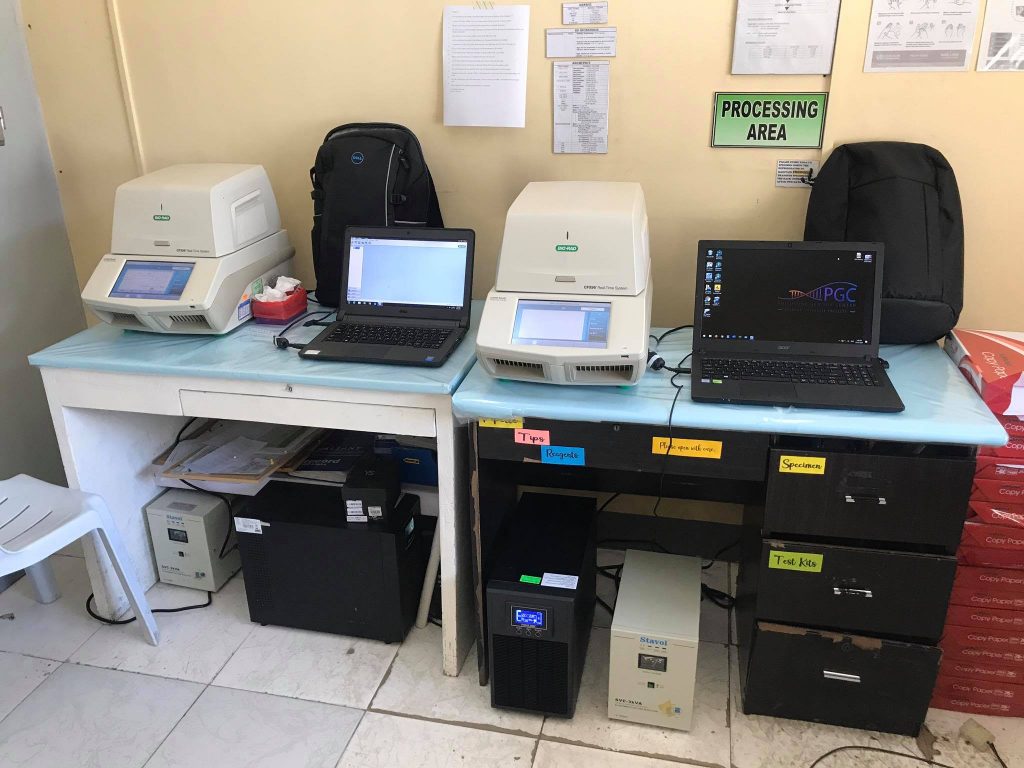
Quotes and Sources Compiled by GARY KHOLS
“Detection of viral RNA may not indicate the presence of infectious virus or that 2019-nCoV is the causative agent for clinical symptoms. The performance of this test has not been established for monitoring treatment of 2019-nCoV infection. This test cannot rule out diseases caused by other bacterial or viral pathogens.”
— The Centers For Disease Control and Prevention
“PCR-based testing produces enough false positive results to make positive results highly unreliable over a broad range of real-world scenarios.”
— Andrew N. Cohen, Ph.D, Bruce Kessel, M.D.2, Michael G. Milgroom, Ph.D.
“Detection of viral RNA may not indicate the presence of infectious virus or that 2019-nCoV is the causative agent for clinical symptoms. The performance of this test has not been established for monitoring treatment of 2019-nCoV infection. This test cannot rule out diseases caused by other bacterial or viral pathogens.”
— The Centers For Disease Control and Prevention
“All or a substantial part of these positives could be due to what’s called false positives tests.”
— Michael Yeadon, former Vice President and Chief Science Officer for Pfizer
“False positive results will occur regularly, despite high specificity, causing unnecessary community isolation and contact tracing, and nosocomial infection if inpatients with false positive tests are cohorted with infectious patients.”
— The European Society of Clinical Microbiology and Infectious Diseases
“You can find almost anything in anybody…it doesn’t tell you that you’re sick and it doesn’t tell you the thing you ended up with really was going to hurt you.”
— Dr. Kary Mullis, PhD (Nobel Peace Prize Winner inventor of the PCR test)
“I’m skeptical that a PCR test is ever true. It’s a great scientific research tool. It’s a horrible tool for clinical medicine.”
— Dr. David Rasnick, biochemist and protease developer
“Up to 90 percent of people testing positive carried barely any virus.”
“Detection of viral RNA by qRT-PCR does not necessarily equate to infectiousness, and viral culture from PCR positive upper respiratory tract samples has been rarely positive beyond nine days of illness.”
— Muge Cevik, clinical lecturer1 2, Krutika Kuppalli, assistant professor3, Jason Kindrachuk, assistant professor of virology4, Malik Peiris, professor of virology5Francis Drobniewsk – Professor of Global Health and TB, Imperial
“A positive RT-qPCR result may not necessarily mean the person is still infectious or that he or she still has any meaningful disease.”
— Michael R Tom, Michael J Mina
“PCR does not distinguish between infectious virus and non-infectious nucleic acid”
— Barry Atkinson: National Collection of Pathogenic Viruses (NCPV) Eskild Petersen: infectious disease specialist
“Detection of viral RNA does not necessarily mean that a person is infectious and able to transmit the virus to another person”
“Caution needs to be applied to the results as it often does not detect infectious virus. PCR results may lead to restrictions for large groups of people who do not present an infection risk.”
— The Centre for Evidence-Based Medicine
“The challenge is the false positive rate is very high, so only seven percent of tests will be successful in identifying those that actually have the the virus. So the truth is, we can’t just rely on that…”
— Dominic Raab, First Secretary of State and Secretary of State for Foreign, Commonwealth and Development Affairs
“Positive results […] do not rule out bacterial infection or co-infection with other viruses. The agent detected may not be the definite.”
— FDA
“A positive RT-qPCR result may not necessarily mean the person is still infectious or that he or she still has any meaningful disease.”
— Michael R Tom, Michael J Mina
“No single gold standard assay exists. The current rate of operational false-positive swab tests in the UK is unknown; preliminary estimates show it could be somewhere between 0·8% and 4·0%.”
— Dr. Elena Surkova; Vladyslav Nikolayevskyy – Public Health Englamd; Francis Drobniewsk – Professor of Global Health and TB, Imperial College
“Detection of viral RNA by qRT-PCR does not necessarily equate to infectiousness, and viral culture from PCR positive upper respiratory tract samples has been rarely positive beyond nine days of illness.”
— Muge Cevik, clinical lecturer1 2, Krutika Kuppalli, assistant professor, Jason Kindrachuk, assistant professor of virology4, Malik Peiris, professor of virology5Francis Drobniewsk – Professor of Global Health and TB, Imperial College



